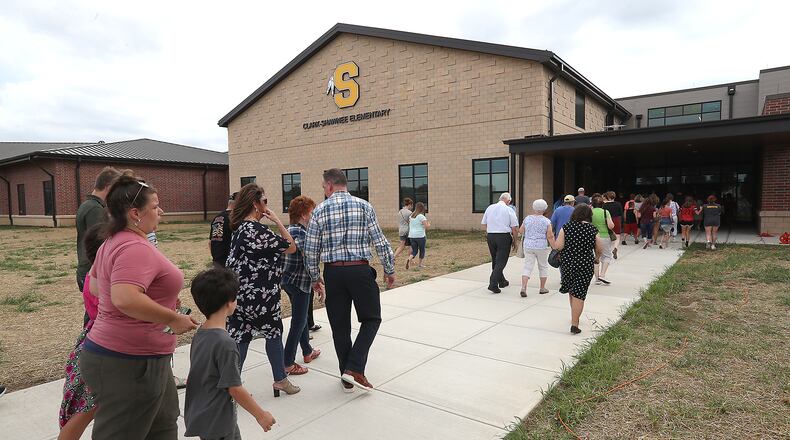”A substitute levy is a new type of levy available to Ohio schools that combines existing levies without raising taxes,” said Superintendent Brian Kuhn. “Through the substitute levy, the district would reduce costs of renewing existing levies at the ballot box and would ensure that new construction in our district helps fund our schools.”
The substitute levy will maintain current funding by combining the two existing renewal levies, including an emergency levy first approved in 2012 that generates about $2,463,333 million annually and an emergency levy first approved in 2014 that generates about $2,257,998 million annually.
“Both levies are used for operating costs for the district, including materials, supplies, salaries, benefits, programs, classes and more,” said Superintendent Brian Kuhn. “Because taxpayers are already paying on these existing levies, taxes will not increase as a result of approval of the substitute levy.”
If the levy is passed, it also will not increase the amount of local funding the district receives.
“The substitute levy is different from a typical operating levy because it allows the district to capture new revenue from future growth in our district from new residential or business development. That means that as new residents and companies move into the district and build, they’ll help fund the costs of educating kids in our community,” Kuhn said.
About the Author

